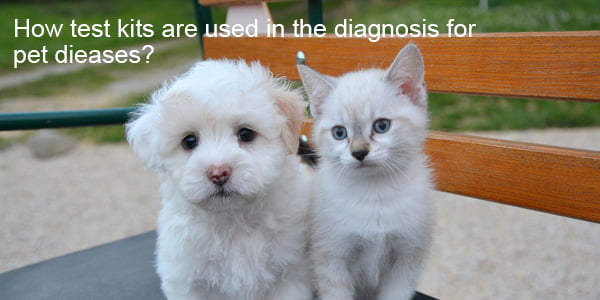Usually when our pet is getting sick, we will go to the vet. But, do you know how the vet confirm whether it is viral infection or just some other normal dieases? In this article, we will let you know how the disease or infection is diagnosed.
Since the pet already shows sysmtoms, the vet will first observe the pet and compare the symptoms with the already known diseases. For example, if the pet has a running nose, this may indicate that he/she is getting a cold or flu. The vet will then take some blood from the vet and run some testing. Normally a blood testing is always required before any further diagnosis.
In the blood testing, the different parameters of the result will tell the vet whether it is viral infection or just bacterial infection, and then the vet can decide which drugs shall be administered. For baterial infection, antibiotics such as amoxicillin, tetracycline, Azithromycin, etc could be used. However, this is always depending on the symtoms and bateria that causes the infection.
For viral diseases, it will be difficult to draw the conclusion. There are too many viruses that may cause the same symtoms. To indentify which virus, normally the vet can run the lateral flow immunoassay testing, aka rapid test kit testing. Using a 10-15min antigen rapid test kit, the result is easily observed by eye. Nowadays due to COVID-19, antigen test kits are quite familar to the public. In vet clinical practices, rapid antigen test kit is also used a lot. For example, to indentify the cause of a cat flu, you may need to test Feline Herpes Virus, or Feline Calicivirus, etc. These rapid tests are also available in the market.
Sometimes, rapid tests may cause ambiguous result due to false positive or false negative interpretation. At this point, the gold standard method — Real-time PCR, will be used. The PCR system detects the specific nucleic acid sequences of the virus or bacteria, which will produce a relatively more reliable result that rapid tests. Considering the higher cost and complicated operation, this is always the final choice for decision. Again, thanks to COVID-19, the PCR instrument is getting cheaper and cheaper, as well as the PCR test kit itself. Since 2021, real-time PCR is becoming more and more applied in pet diagnosis.
After the confirmation with PCR, the infection is then determined and the corresponding treatment is then decided.

